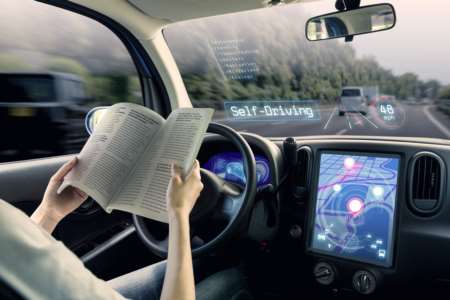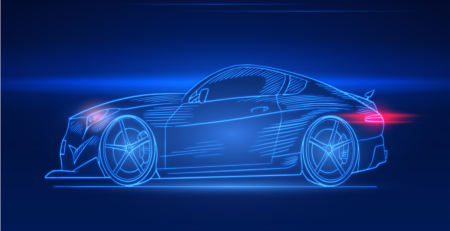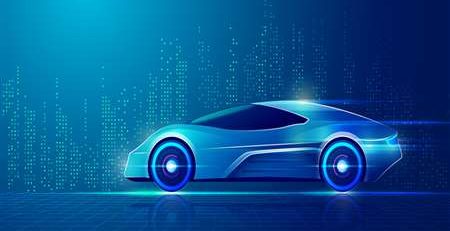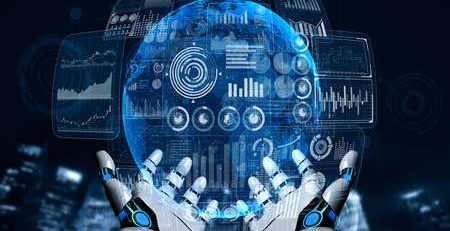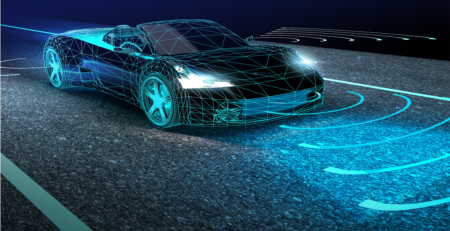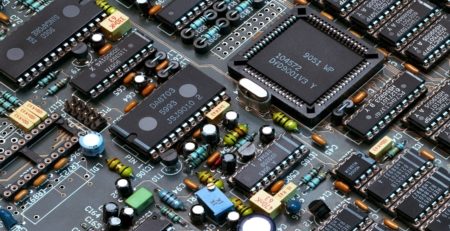Status quo and evolutionary value of autonomous driving
A product upgrade in every industry requires a long process, and behind it is the process of commercialization of new technologies. Although autonomous driving technology is the main support for automotive intelligence, whether it is assisted driving or unmanned driving, it will promote the intelligentization of automobiles. The process of the two methods is fundamentally different. Unmanned driving is to replace people and prefer new technology breakthroughs, while assisted driving is to assist people and prefer product optimization. Obviously, product optimization is more conducive to the survival of a company.
Autonomous driving has given the automotive industry and even the computer industry unlimited room for imagination. Due to different application scenarios, it has become difficult from assisted driving to unmanned driving. Faced with the cold reality, many unmanned driving companies have turned to the field of assisted driving, and many technology companies have achieved product landing by secretly changing the concept. Faced with such a development trend, on the one hand, it is the ebb tide of unmanned driving, and on the other hand, it is the gradual improvement of regulations and policies. The self-driving enterprise seems to be falling in the dawn of victory.
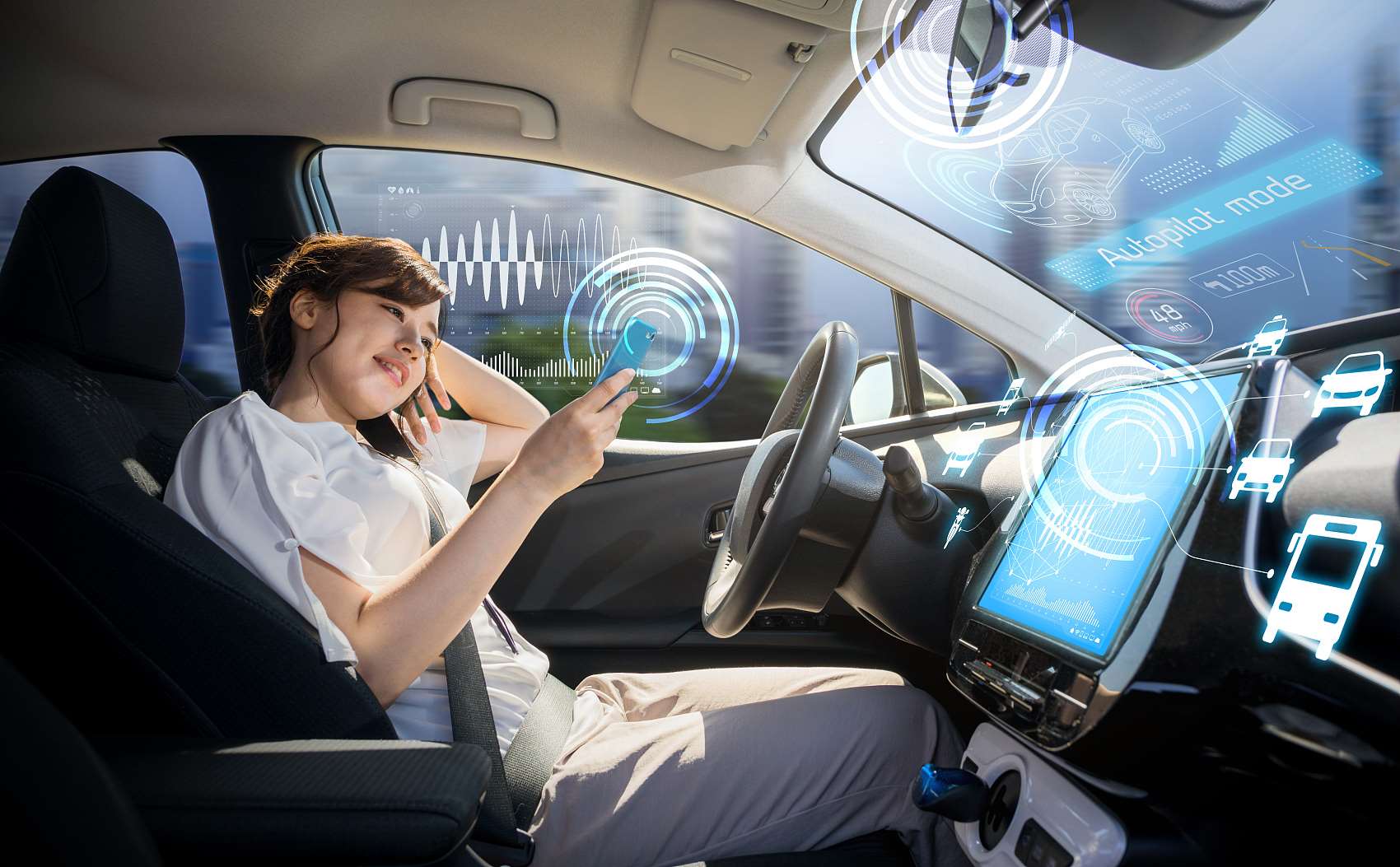
Many people believe that the cooling of autonomous driving is to return to the essence of business, and the essence of business is consumption, which is the process of identifying needs and satisfying them. In this process, the optimization of products can form a closed loop. Once innovation is required, the closed loop will inevitably be broken. This is the biggest risk. If Jobs optimizes the performance based on the traditional mobile phone, making it more durable, longer battery life, more applications, etc., then the era of consumers experiencing smart mobile terminals will be delayed. The so-called innovation is to constantly break the original closed loop and establish a new closed loop. The ebb tide of autonomous driving is facing the process of establishing a new closed loop.
The automotive industry is always evolving and improving. It is worth noting that the prices of branded models continue to rise, and product competitiveness is gradually developing towards high-end. Car companies continue to launch high-end models, which is actually the path they have to choose in the face of declining profits. Only by constantly launching high-end products and migrating upwards can we gain market and profit margins. The same goes for everything from carrier transmission to autonomous driving technology. Chips with greater computing power, higher-definition sensors, and more data storage, whether based on vision or multi-source sensor fusion, can see that the profit margin of autonomous driving products is very small or even losses.
There are two solutions, one is to allocate unit cost to rely on quantity to win, and the other is to increase unit and R&D costs through high-end routes. Computing power competition, data competition, and algorithm competition combine to form a cost competition. The upward shift in cost will inevitably lead to a low-cost vacuum area, and this area needs to be occupied by new technologies. That is to say, the purpose of autonomous driving is not to replace or integrate Assisted driving functions, but more attention to areas that are ignored or even ignored in the field of assisted driving, and then use low-cost solutions to provide users with different experiences. This is the value of new technologies.
From the perspective of technological development, autonomous driving technology is a derivative of artificial intelligence. Whether it is based on vision or multi-source sensor fusion, it is based on a large framework of machine learning. There is little difference in essence. Image recognition and detection, semantic segmentation The AI approach employed is much the same. The key to whether the artificial intelligence system can serve well is the amount of data. It is not that there are not enough sensors, but whether the sensor data can be effectively integrated into the data engine.

The core technology of autonomous driving is to study data technology, rather than equipped with more accurate sensors, chips with greater computing power, and faster transmission speeds. Some automatic driving functions can be realized in a short period of time by stacking hardware like this, but it has no development prospects in the long run. Self-driving cars are an additional product of data technology, that is to say, when a certain amount of data is accumulated in the future, self-driving technology will gain unlimited possibilities.
Whether technology is advanced or not should not be measured solely by commercial value. New technology must be a new value system. Half of the value of new technology is generated in the optimization of products. The new technology developed by a company is more about bringing a new track to the world, or leading the world into a new track and becoming the leader of the new track.

